TimeFlies 11: Patek Philippe Calatrava
In the world of watchmaking, the brands Audemars Piguet, Patek Philippe, and Vacheron Constantin are known as the "Big Three" or the "Holy Trinity." Neither a quick search on Google nor a ChatGPT query properly defined Trinity; rather, it's easier to explain why other brands did not make the cut than to establish specific criteria. Rolex is too young. Omega is not as luxurious. Breguet struggled at times and the brand was bought and sold numerous times. However, all three brands share long histories and have traditionally been known for the quality of their products and exclusivity. Among the three, Audemars Piguet has leaned too heavily into the Royal Oak, allowing it to dominate its lineup, which caused it to lose its ability to sell classic watches. On the other hand, Vacheron Constantin has yet to truly capture the attention of the modern watch world (the Overseas does not command the same hype that the Royal Oak and Nautilus have). Somehow, Patek Philippe has managed to appeal to both modern watch collectors and traditionalists alike.
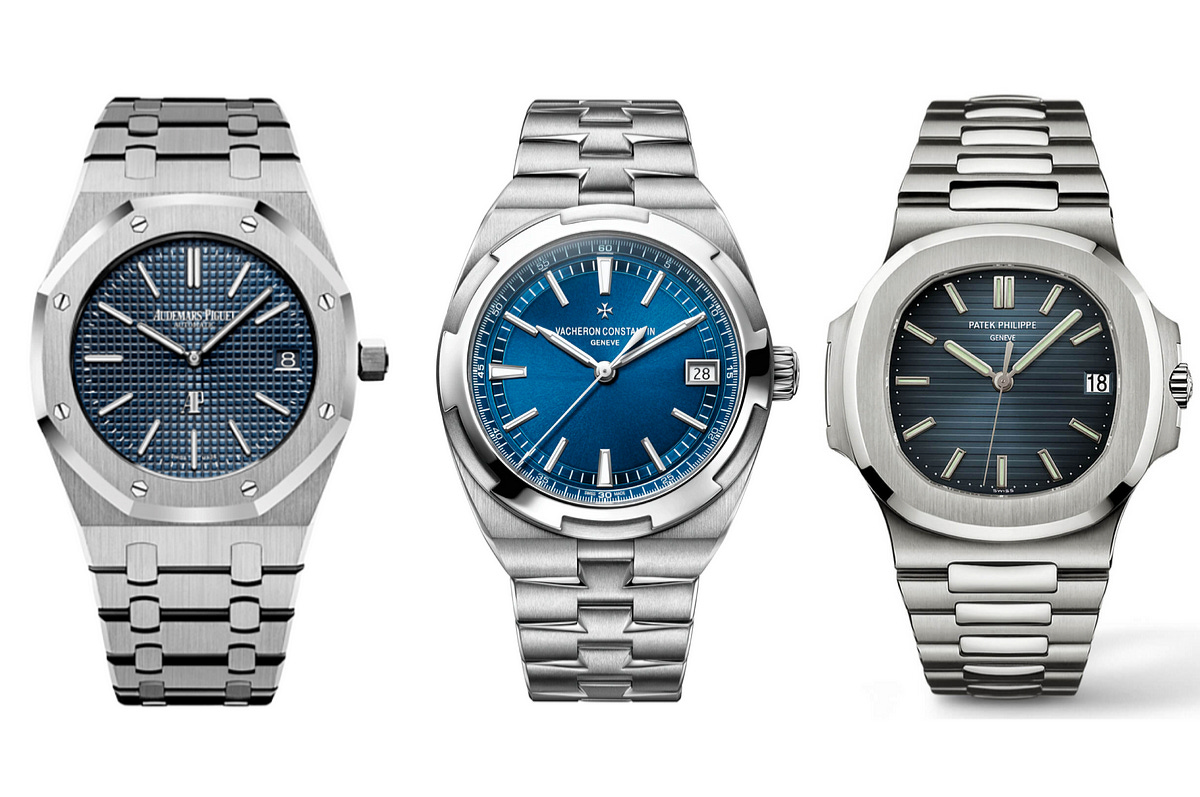
There is no single brand considered the absolute pinnacle (or zenith, pun intended) of the watch world. Rolex has the highest sales volume, but other brands, such as Patek Philippe, produce higher quality watches. On the other hand, some brands surpass Patek Philippe in terms of quality, though they are typically smaller and less well-known. In some sense, one could argue that Patek Philippe represents one iteration of a ‘best brand,’ given its history, recognition, and quality. At the very least, Patek definitely has the best slogan in my opinion: “You never actually own a Patek Philippe. You merely look after it for the next generation.1"
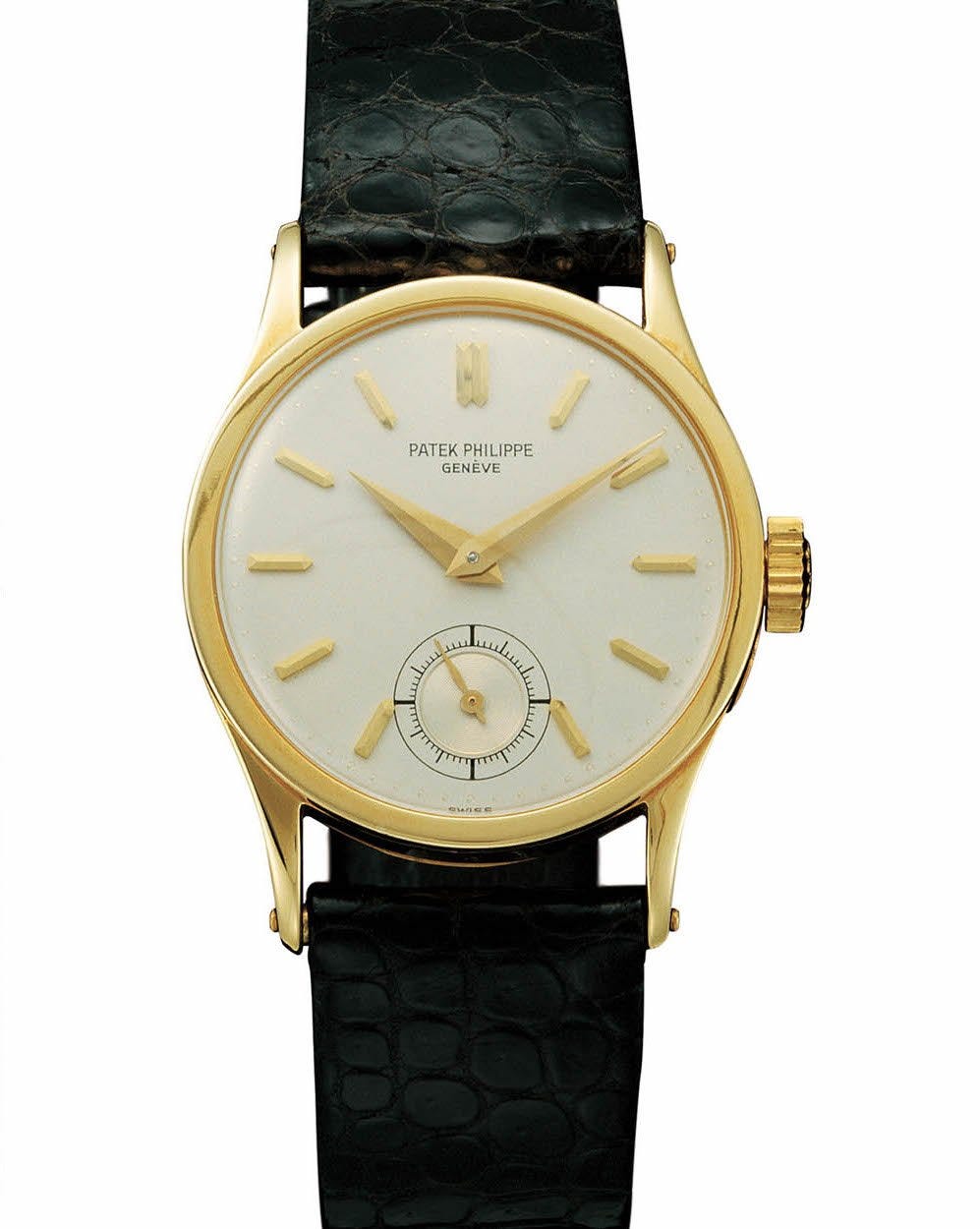
The Calatrava is Patek Philippe’s longest-running model line, originating in 1932. At that time, the watch world was transitioning from pocket watches to wristwatches. The style at the time favored smaller watches, and the original Calatrava measured just 31mm. However, you can clearly see the continuity in the various Calatrava models over time. The current model measures in at 39mm across.
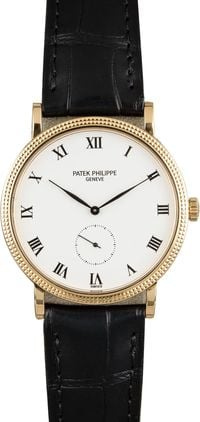
The Calatrava Reference 6119G, the subject of today’s review, is one of the newer models, and it takes its inspiration from the older Reference 3919. In white gold and with a charcoal dial, it is understated and beautiful. Although I prefer one of the retired Calatrava models slightly more, I wanted to review a variation that is currently for sale and one that I got to see in person.
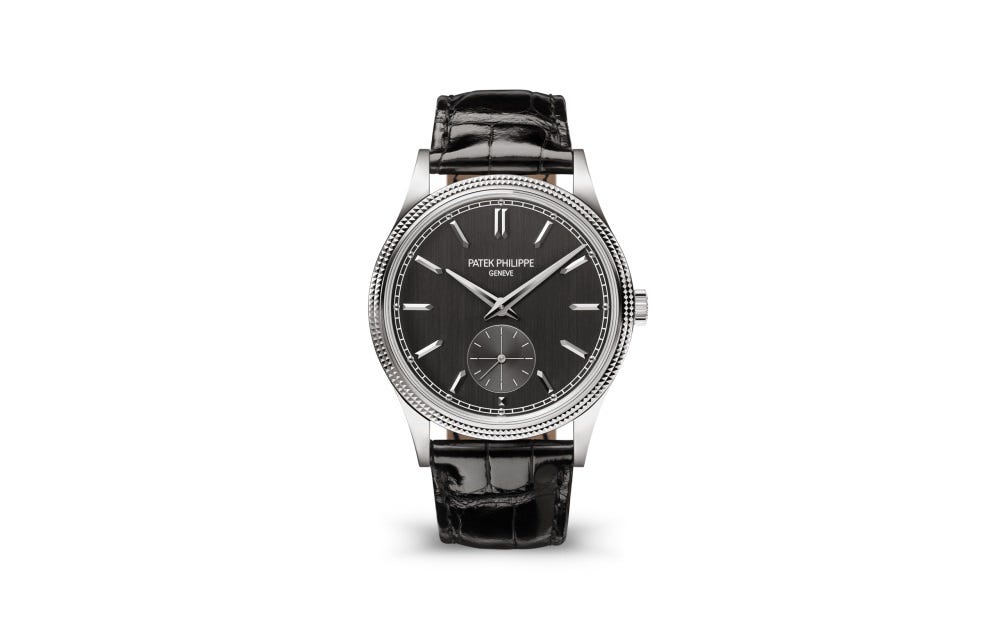
Aesthetic Score
This rendition of the Calatrava may initially appear simplistic and nondescript. When I think of a dress watch, the Calatrava is my go-to model, thanks to its exquisite proportions, slender profile, precious metal case, and alligator strap. In fact, many dress watches from other brands are colloquially referred to as Calatrava-style watches. Upon closer inspection, this watch is anything but simple. I have mentioned in the past that achieving perfect dimensions in a watch is no easy feat. You might think that watch companies should be able to achieve ideal proportions given modern design software, yet all too often, a watch that looks good in pictures online appears awkward in person due to some feature that doesn’t look right (usually thickness). Thus, the elegant proportions of the Calatrava are a notable feature.
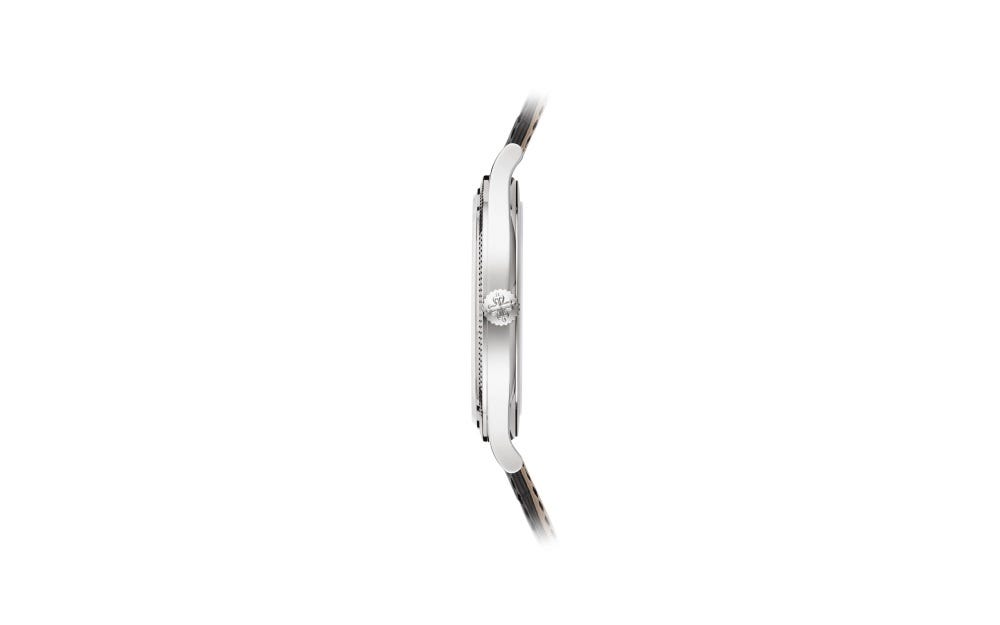
Just one example of this simple beauty can be found in the side profile. The thin, satinated mid-case sits almost perfectly between the bezel and the caseback. It also thins out slightly as it transitions into the lugs and rounds out where the strap connects to the lugs. Another outstanding feature is the quality of the dial hardware. The hands and indices are meticulously polished and faceted, allowing them to catch and reflect light (although the small cabochon markers behind the indices are superfluous, in my opinion). Similarly, the pyramid hobnail pattern on the bezel has the same effect on the light as gemstones, with the added contrast of the shadowed sections due to the polishing. As the watch moves, the different facets seemingly turn on and off, alternating between gleaming brightness and darkness.
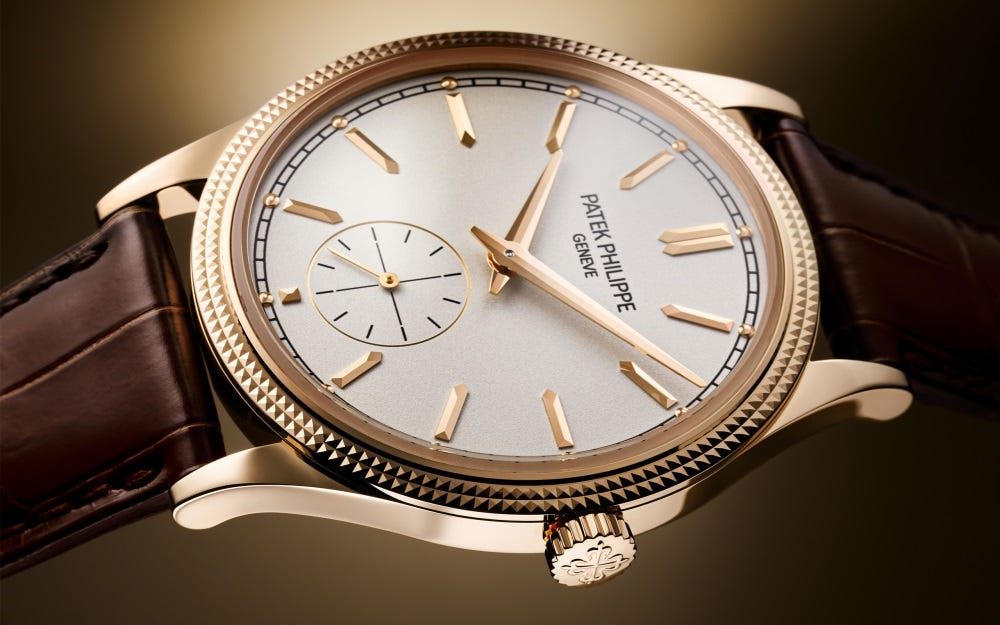
Despite its simple beauty, the 6119 is not entirely perfect in my eyes. The proportions, near perfect as they are, could benefit from slightly thicker lugs (similar to those on the 5227). Although I like how the hobnail bezel plays with the light, it also somewhat resembles the knurled grip found on tools and machines. I do not object to its presence on a watch, but it probably belongs on a more rugged or sporty watch. I think Rolex’s fluted bezels achieve similar effects design-wise while looking more elegant. In a similar vein, the sector dial for the sub-seconds is also incongruous with the dress watch ethos of the Calatrava. I always think of radar screens when I see sector dials, not tuxedos. Additionally, many watches feature a unique marker for the 12 o’clock position (sometimes also for the other quarters) to aid in reading the time. While I love the applied indices, I think putting two indices together and calling it a day is a bit lazy. Yes, that was how it was done on the original Reference 96 Calatrava, but that was in 1932 and on pocket watches dating back further. I still wish the 12 o’clock marker were slightly more imaginative. While we are on the topic of the dial, I would have preferred a sunburst or textured dial rather than the vertical satination found on this watch. Lastly, although the Calatrava has traditionally been paired with a leather strap and a spade-style buckle, I really wish it were equipped with the Calatrava cross logo deployant clasp. The Calatrava may be one of Patek Philippe’s entry-level watches, but that doesn’t mean Patek can’t set the bar high by equipping all of their watches with the more complex, beautiful, and secure clasps. Not to mention it’s a sacrilege to put the Calatrava logo on the clasps of other watches yet deprive the actual Calatrava! In my opinion, between the 5196, 5227, and 6119, Patek has all the ingredients to make my perfect Calatrava, even if it does not exist just yet. Final Score: 8.5/10
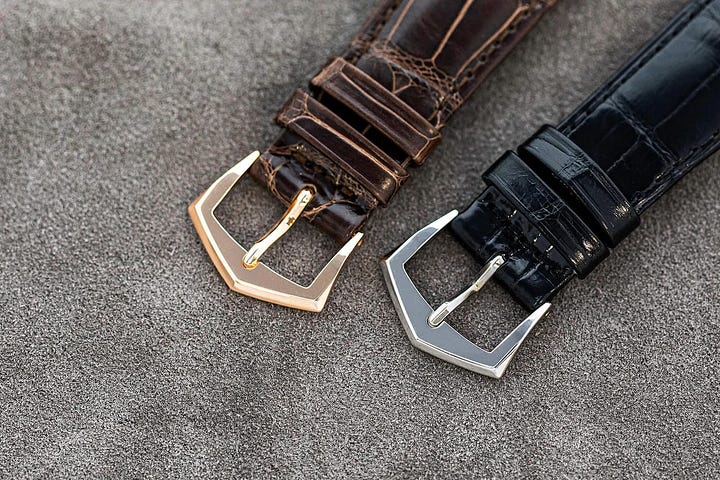
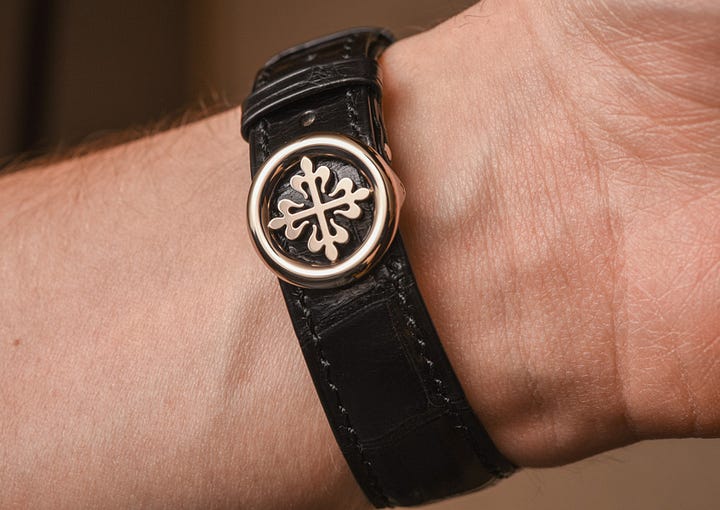
Watchmaking Score
The quality of the Calatrava’s watchmaking is where it truly shines. First, it is important to note the materials. Although the watch is listed as white gold, it is actually gray gold. White gold is usually gold that is rhodium-plated. It carries the heft of real gold and is a bit brighter than gray gold, but I think that anything that has “plating” does not belong in the upper echelon of watchmaking. Gray gold, on the other hand, is an alloy of gold that is a bit warmer in color but is the same color throughout, and I am happy that Patek Philippe uses it. Similarly, the alligator leather used in the watch is very pretty and of high quality.
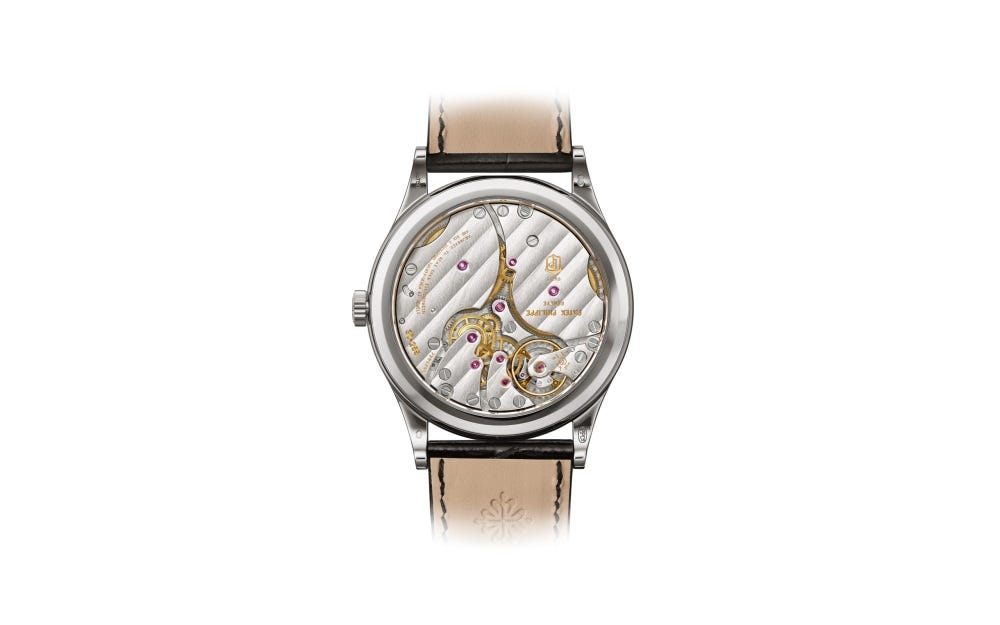
The Calatrava is powered by a manual-wind movement known as the Caliber 30-255 PS. Just like the watch, this seemingly simple movement benefits from quality and graceful design. Notably, the movement fits the caseback rather well, indicating that it is not a generic movement Patek had lying around. Rather, it is a good fit for the case. Similarly, the architecture of the bridges also shows attention to detail. The watch features a high level of finishing, utilizing three of the main finishing techniques. There is perlage on the baseplate, deep Geneva stripes on the bridges, and mirror polishing on the edges, screw heads, locating pins, and jewel sinks. The silicon hairspring is antimagnetic, allowing the watch to keep good time. You may notice the shield emblem with the letters "PP" inscribed. This is the Patek Philippe Seal, a mark indicating that the watch meets Patek’s very high standards. Patek created a set of standards for its watches that surpass the requirements for the Geneva Seal, and it no longer puts the Geneva Seal on its watches. While the standards of the Patek Philippe Seal are very high, I find the certification humorous since it is not from a third party, nor is it something available to other manufacturers. In contrast, Omega created the METAS standards, which went beyond the standards set by COSC. Yet, METAS is available to anyone, and other brands, such as Tudor have METAS certification on some of their watches. In this case, it seems a little bit like Patek Philippe is patting itself on the back. However, the watches undoubtedly deserve this self-congratulatory reward since they meet very high standards. Final Score: 9.5/10
Value Score
The 6119 iteration of the Calatrava retails for $32,110 and trades for about $30,000 on the secondary market. From what I have heard, this is one of the entry points into Patek Philippe. In other words, it’s the watch people purchase to begin a relationship with a Patek dealer. This means that many are bought and flipped (albeit with a several-thousand-dollar haircut) in order to buy the next piece. Personally, I think this is a shame. The Calatrava is a great watch in and of itself, and it is actually one of my personal favorites that Patek currently offers. In some sense, the watch is overpriced. There are precious metal dress watches from other brands, such as Moser and Vacheron, that give the Patek a run for its money. The Calatrava is an impressive watch, but its price tag more than matches the quality of the watch. Yet, it is still a Patek Philippe, which is perhaps the best name in the watch world. Thus, the market is willing to pay a pretty penny to have that moniker on the dial. In that sense, the watches may have some buffer against falling prices. Final Score: 7/10
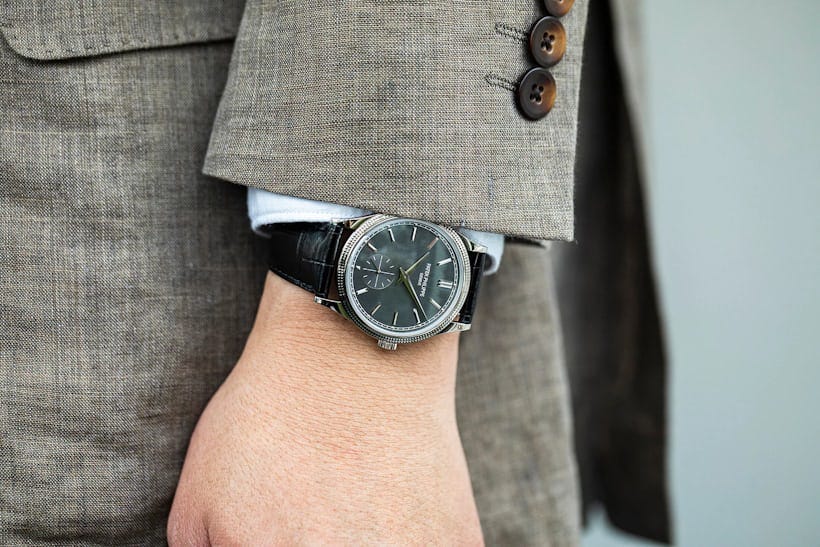
Conclusion: 25/30
Ultimately, the Patek Philippe Calatrava Reference 6119G is an overall beautiful watch with a beautiful movement and a high price tag. Call me crazy, but I think that Patek would be wise to actually cut production further, to the point where this watch trades above retail on the secondary market. In fact, make all Pateks near impossible to buy new. I know this is neither a profit maximizing nor egalitarian strategy, but Patek benefits from the aura of exclusivity surrounding it as much as it does from its quality. After all, it loses to competitors when it comes to quality for value. The value question gets thrown out the window, however, if the brand maintains its exclusivity, demand, and secondary market prices. Buyers would say, “Yes, it’s not worth $32K, but who cares? I get to wear a Patek, and I can sell it for $35K!” I think that doing so would further cement the Patek’s exclusivity and demand.
Disclosure: my opinions on a given watch’s value are speculative and are intended for entertainment purposes. Nothing I write is to be considered investment advice.



